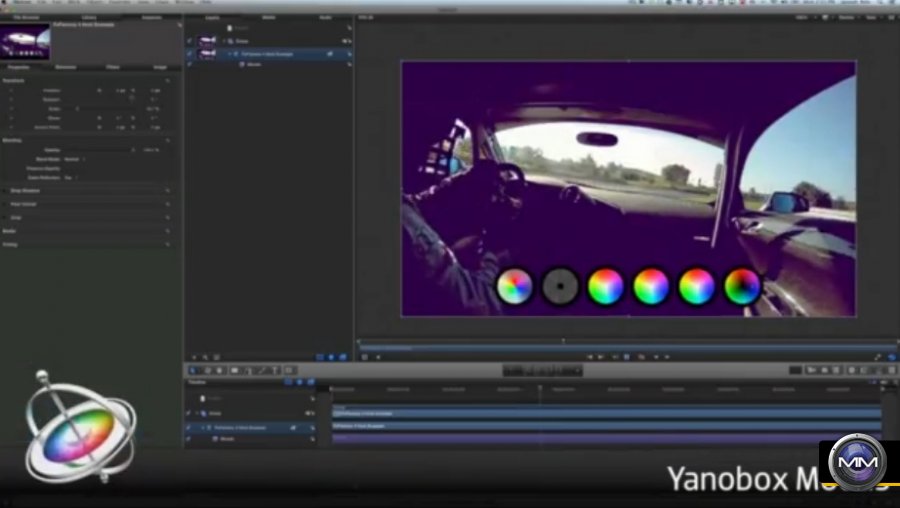


It is advisable to do so if the output produced under the previous setting was incorrect. When switching the Mercury Engine Renderer, Premiere Pro may prompt you to delete any pre-rendered content on your timeline. When exporting your timeline through Adobe Media Encoder, please note that you will be able override this setting from the AME configuration window on a per-job basis. Please use this option only if you encounter fatal errors when rendering with OpenCL or Metal GPU acceleration. Individual effects may still render through the GPU, albeit more slowly. This will disable GPU acceleration in Premiere Pro.

Mercury Playback Engine Software Only: disable GPU acceleration entirely.Sections of your timeline may appear in red if any effect within that section does not support Metal GPU acceleration. While the majority of FxFactory plugins support Metal, please be advised that some plug-ins may not. Mercury Playback Engine GPU Acceleration (Metal) will use Apple’s newest and best-supported GPU graphics technology to accelerate all plugins on your timeline.Sections of your timeline may still appear in red if any effect within that section does not support OpenGL acceleration. Adobe discourages the use of OpenCL on Premiere Pro 2020. Please note that OpenCL does not provide the same performance benefits as Metal, but it may be useful if other plugins on your timeline only support OpenCL. Mercury Playback Engine GPU Acceleration (OpenCL) will switch to OpenCL for all GPU acceleration.Mercury Engine Renderer in Premiere Pro CC 2017, CC 20įollow these instructions to switch the technology used by Premiere Pro to render your project:ġ) Select the "General…" menu command under the "File > Project Settings" menu.Ģ) When the Project Settings window appears, set the "Renderer" option as follows:


 0 kommentar(er)
0 kommentar(er)
